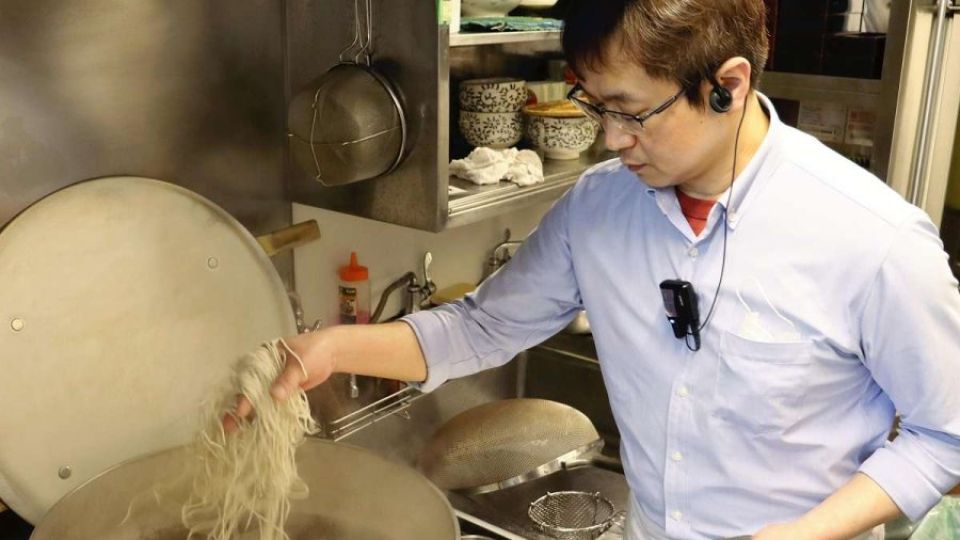February 27, 2023
TOKYO – For many soba noodle lovers, there are none like those made from freshly harvested buckwheat in autumn, aptly called “shin (new) soba.” But there is a movement afoot touting a soba that is served from February to early spring.
Unlike its autumn counterpart, the time lag after harvest allows “seijuku (matured) soba” to develop umami and sweetness, and as the “season” begins in earnest, restaurant owners are eagerly ready to introduce customers to this taste sensation.
On Feb. 13, Saiwaicho Maruka, a soba restaurant in Kawasaki, began serving seijuku soba for the first time this year. A banner standing outside the restaurant declares it as “the best of the year” and indicates that now is the season for soba.
It is commonly held that because buckwheat is mainly harvested in autumn, that is the best season for consuming it as soba noodles. But Saiwaicho Maruka owner Naohiro Noda is not so convinced.
When Noda, 53, was working as an apprentice at another restaurant around the age of 20, he became fascinated by the elasticity and rich flavor of soba noodles made in February and March.
Noda later took over Saiwaicho Maruka from his father, who started the business, and while thinking of ways “to make a better-tasting soba,” recalled the taste from his days as a trainee. He conjectured that the buckwheat grains continue to ripen as they are stored, causing them to lose moisture and resulting in a richer umami flavor.
Naming it “seijuku soba,” he put it on the menu in 2015, and the reaction was favorable. Many customers were surprised how much the texture and aroma became different, he said.
Naoto Inoue, a specially appointed professor of crop science at Shinshu University who is well-versed in soba, said, “Through proper preservation, the protein and fat decompose, which may increase the noticeability of umami, sweetness and a rich aroma. There are many who prefer the aged taste and aroma.”
More and more restaurants are hearing of Noda’s efforts through social media and get-togethers among restaurant owners and falling in line with his viewpoint.
As Noda’s objective is to convey the deliciousness of soba made in February and March, he made a deal with other owners to taste-test the soba for three consecutive days, and if they were satisfied, they would begin serving it.
One of the converted is Soba Minori in Akishima, Tokyo, which began serving seijuku soba starting this year. “When it gets cold out, people tend to choose ramen and udon noodles,” said owner Osamu Kagoshi, 44. “I want to spread the word that this is the time when soba is sweeter and tastier than when it is freshly made.”
Hidetoshi Matsumoto, 48, manager of Sobagozen Musashiya in Kawagoe, Saitama Prefecture, got on board four years ago, thinking, “It will be interesting if this becomes the new thing.”
Prof. Naozumi Nishimura of the Japan University of Economics, an expert on the restaurant industry, sees the prospects are favorable.
“The soba industry is enjoying a tailwind due to the raising of health consciousness among consumers and other factors,” Nishimura said. “It is also good that each restaurant owner can determine through their own tastebuds when the soba is in season.
“It has the potential to be a trigger for cranking up the industry.”

